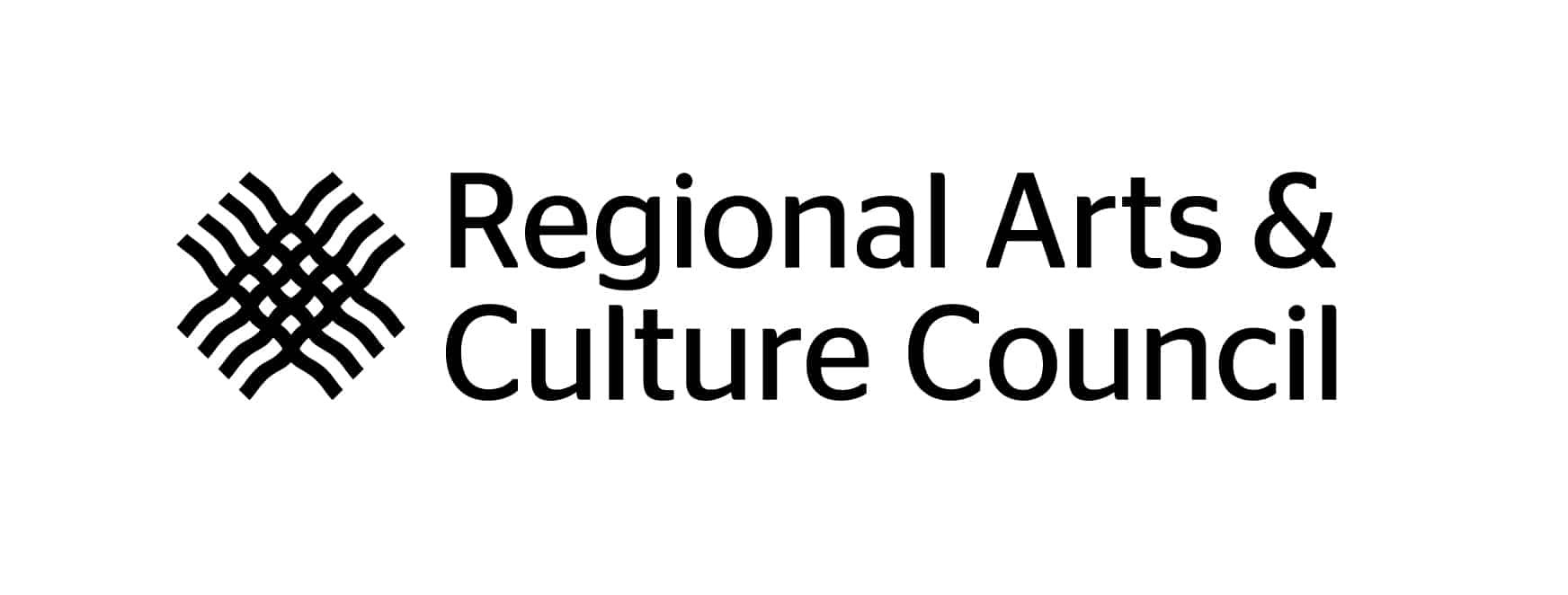Technical Information
My pieces are primarily low-fire, glazed ceramic. I add a small percentage of cotton paper pulp into my clay body which burns out during the first firing. This paperclay allows me to re-hydrate the sculpture as much as needed so I can re-work the piece over time.
Each piece is hand-built by slowly pinching or coiling the clay into shape. I carefully allow the clay to dry and stiffen as I build so the walls hold their shape and the piece does not collapse. I rotate my pieces around several times during the building process, sometimes cutting off and re-shaping an area as needed to achieve the form I want. I spend a long time smoothing or otherwise texturizing the surfaces of my pieces, using various tools at different stages of the drying process.
The forms are glaze fired multiple times to build up complex layers of color and texture. I do extensive testing with layers of different commercial glazes to achieve my unique surface palette. I occasionally use non-ceramic finishes such as encaustic, acrylic paint, or oil washes to further develop the surface. Some work also includes polishing the bare clay or glazed surfaces with diamond abrasive pads to reveal the soft luminosity of these materials.
My “Illumination” pieces were made by spraying liquid porcelain paper-clay onto balloons. I coat these balloons with 3-4 layers of porcelain slip using an industrial sprayer. I can then stack the balloons, join them together, and combine them with other handbuilt elements. When I achieve just the right wall thickness, the high-fire porcelain results in pieces that are very strong yet thin enough to be translucent. With bright, long-lasting LED or xenon gas bulbs inside, the pieces glow with a playful sensuality enhanced by the softness of flowing glaze.
Feel free to email me if you have questions about working with paperclay, handbuilding ceramic sculpture, low-fire glazes, or how I create my pieces in general.

